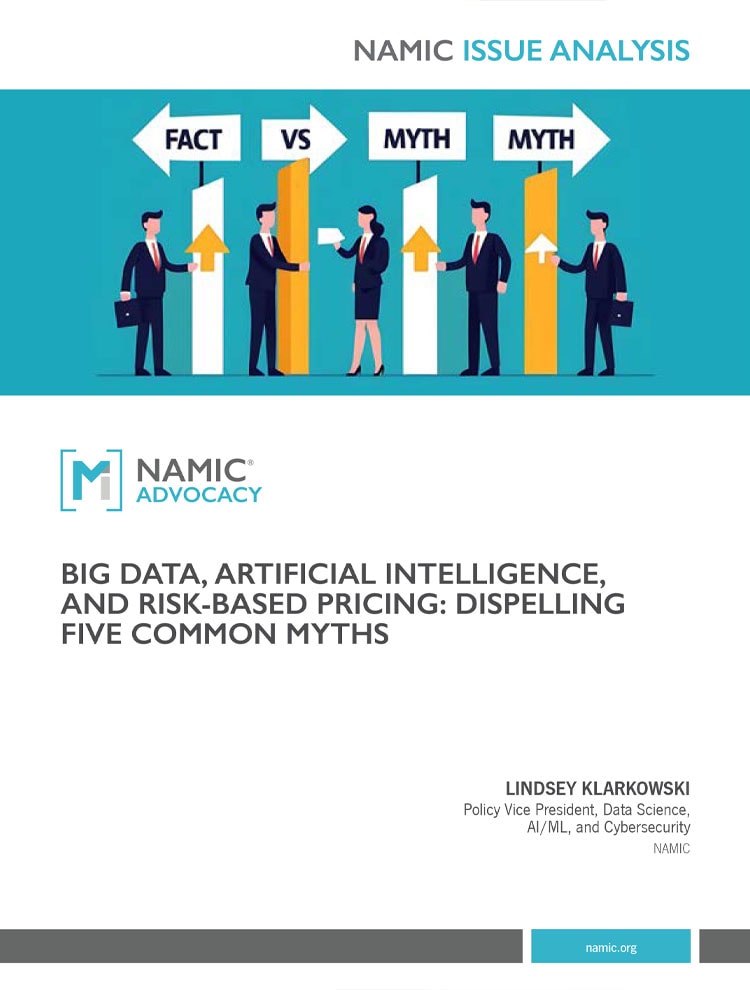A myth is consistently defined as an unfounded or false notion. Myths have captured humanity and been prevalent in societies since the dawn of time – ranging from harmless stories about ancient Greek figures and old wives’ tales to the harmful pieces of “fake news” that run rampant across modern social media. Often due to a lack of understanding, or refusal to acknowledge what is factual, myths can be particularly dangerous when they serve as the foundation for or drive the creation of new policy. Nowhere is there more need to separate fact from fiction than in the insurance policy sphere, specifically relative to the use of big data, artificial intelligence, and risk-based pricing. Particularly prevalent in insurance policy are myths about the effects of insurers using big data and artificial intelligence and unfounded notions about how insurance pricing should operate considering the argued effects. The danger in these myths is that there are growing numbers of advocates and regulators relying on them to advance policy that would ultimately harm the very population they are looking to protect: policyholders. This paper breaks down big data, artificial intelligence, and risk-based pricing. It also outlines how these concepts interact and dispels dangerous misconceptions about them.
Resource Details
Publish Date
March 24, 2025
Topics
- Artificial Intelligence
- Big Data
- Risk-Based Pricing
Points of Contact
Related Resources
Sorry, we couldn't find related resources.

